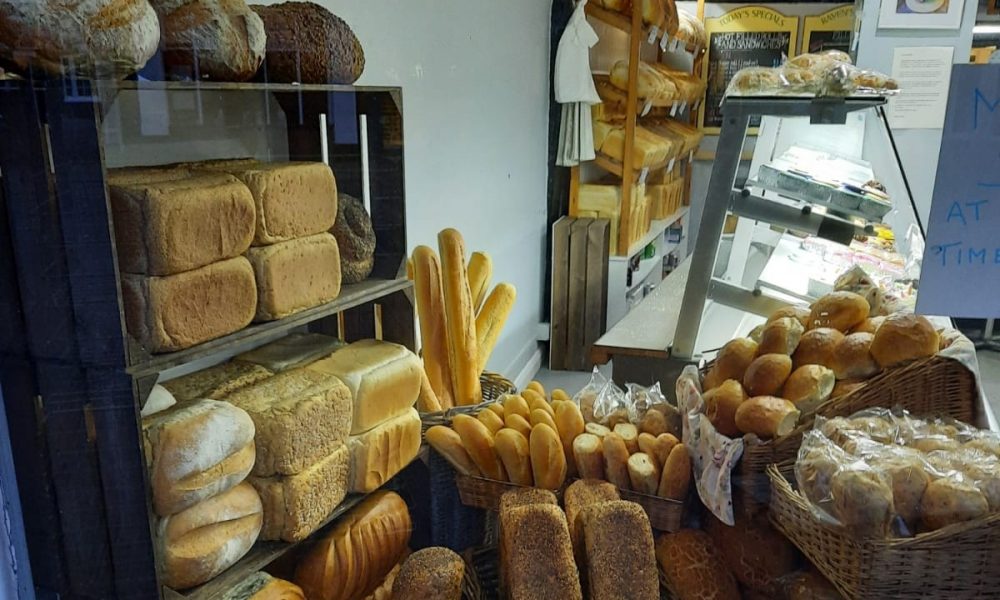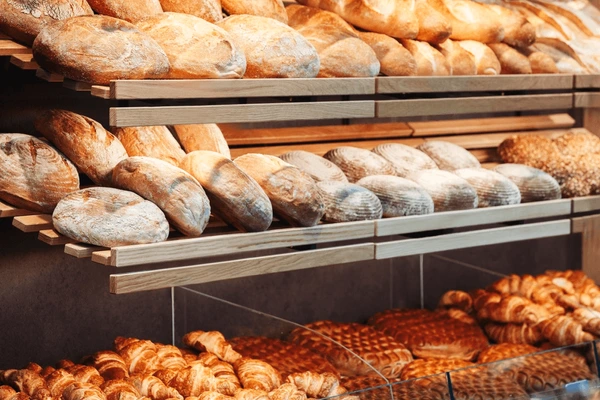
Embarking on a gluten free journey can seem daunting at first, but with the right approach and knowledge, it can become a manageable and even enjoyable experience. Baked goods, pasta, bread, and cereals contain it. For a successful gluten free transition, you need to identify and eliminate gluten-containing sources. Start by reading food labels carefully and familiarizing yourself with ingredients that contain gluten.
Stocking your pantry with gluten free essentials
A well-stocked pantry is key to maintaining a gluten free lifestyle. Begin by replacing your regular flour with gluten free alternatives such as rice flour, almond flour, or a gluten free all-purpose blend. Stock up on naturally gluten free grains like quinoa, rice, and millet. Don’t forget to include gluten free pasta, crackers, and snacks. Many supermarkets now have dedicated gluten free sections, making it easier to find suitable products.

Meal planning and preparation
Planning your meals can greatly simplify your transition to a gluten free diet. Create a weekly meal plan focusing on naturally gluten free foods like fruits, vegetables, meats, fish, and dairy products. Prepare larger batches of gluten free meals and freeze portions for busy days. This approach not only ensures you always have safe options available but also helps you avoid the temptation of reverting to gluten-containing convenience foods.
Dining out gluten-free
Eating out can be challenging when following a gluten free diet, but it’s far from impossible. Research restaurants in advance and look for those with gluten free options or dedicated menus. Don’t hesitate to call ahead and ask about their gluten free offerings and preparation methods. When ordering, clearly communicate your dietary needs to the staff and ask questions about ingredients and cross-contamination risks.
If you’re sharing a kitchen with gluten-eating family members, it’s important to establish practices to prevent cross-contamination. For a successful Gluten Free Bakery in New Jersey, it’s essential to designate separate areas for gluten free food preparation and storage. By using different utensils, cutting boards, and toasters for gluten free items, you ensure a safe and delicious experience for all customers.
Navigating social situations and events
Social gatherings and events often revolve around food, which can be tricky when you’re gluten-free. When invited to someone’s home, offer to bring a gluten free dish to share. This ensures you’ll have something safe to eat and allows others to try gluten free options. For larger events, contact the organizers in advance to discuss your dietary needs. Many caterers and venues are experienced in accommodating gluten free diets and will be happy to work with you.
Embracing the positive aspects of gluten free living
While the initial transition might be challenging, many people find that going gluten free leads to positive changes in their overall health and well-being. Focus on the abundance of naturally gluten free whole foods available to you. Explore new cuisines and cooking techniques that naturally exclude gluten. You might discover a newfound love for cooking or baking as you experiment with gluten free recipes.
Gluten free living requires patience, education, and adaptability. By understanding gluten sources, planning your meals, exploring alternatives, and finding support, you’ll be well on your way to successfully navigating this new dietary path. Everyone’s experience is unique, so be kind to yourself as you learn and adjust. Using gluten free foods will become second nature over time, allowing you to experience new tastes and nutritional benefits.




